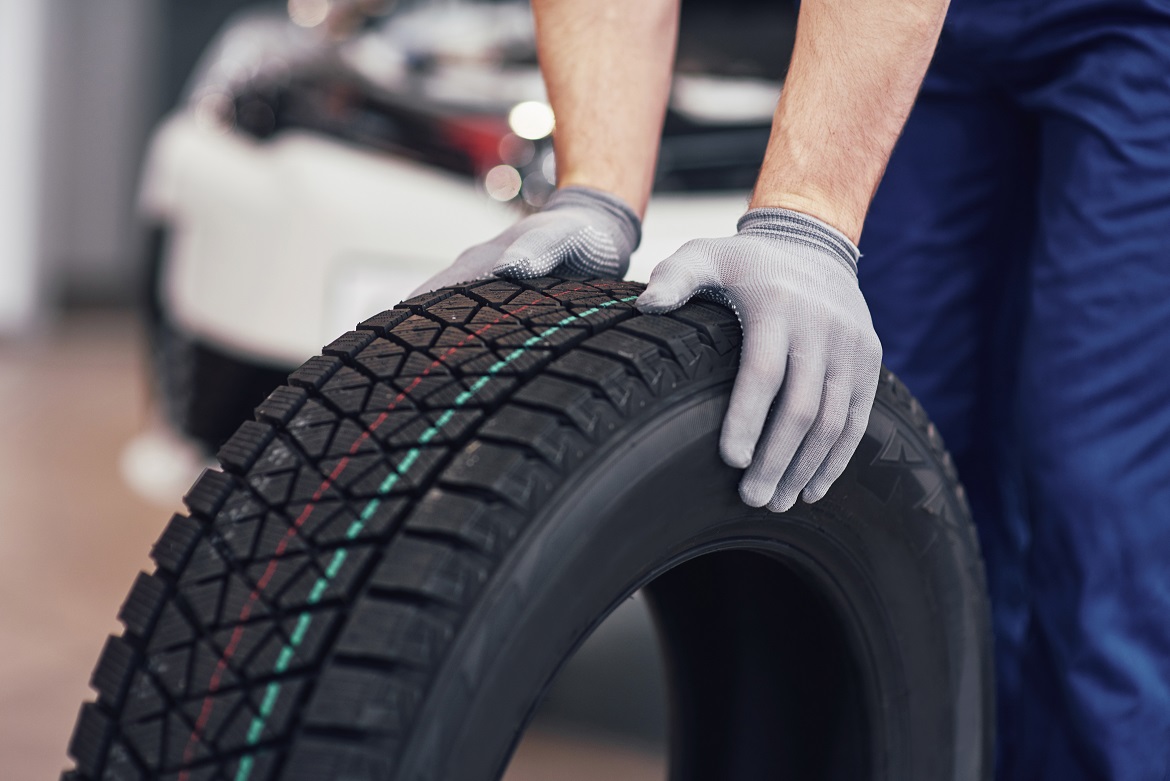High-performance car tyres are a crucial component of a vehicle’s overall performance and safety. These specialized tyres are designed to provide optimal grip, handling, and durability under high speeds and intense driving conditions.
The science behind these tyres involves a combination of advanced materials, engineering techniques, and cutting-edge technology.
In this article, we delve into the intricacies of what makes these tyres stand out from the rest and how they contribute to a thrilling driving experience like no other.
The Role of Tread Patterns in Tire Performance

When it comes to high-performance car tires, the role of tread patterns cannot be overstated. The intricate design of these patterns plays a crucial role in determining the tires performance in various driving conditions.
Different tread patterns are specifically engineered to provide optimal traction, stability, and handling on different types of surfaces, from dry pavement to wet roads or even off-road terrains. For example, deep grooves and sipes in the tread pattern help to channel water away from the tire, reducing the risk of hydroplaning on wet roads.
Meanwhile, larger tread blocks and a more aggressive tread design can improve grip and cornering performance, making the tire ideal for high-speed driving.
By carefully considering the tread pattern of a high-performance tire, drivers can enhance their overall driving experience and safety on the road.
The Science of Grip and Traction
The science of grip and traction plays a crucial role in understanding high-performance car tires. Tires are the only point of contact between a vehicle and the road surface, making grip and traction essential for safe and efficient driving.
The tread pattern and rubber compound of a tire are designed to maximize grip, allowing the tire to effectively grip the road surface during acceleration, braking, and cornering. Traction, on the other hand, refers to the tire’s ability to transfer the vehicle’s power to the road without slipping.
By optimizing grip and traction through careful design and selection of materials, high-performance car tires can enhance the overall performance and handling of a vehicle.

How Tire Pressure Affects Performance
From tire pressure affecting performance in a high-performance car, it is crucial to understand the impact on driving capabilities. Proper tire pressure is essential for optimal handling, braking, and fuel efficiency.
When tire pressure is too low, it can result in increased rolling resistance, leading to decreased fuel economy and an overall sluggish driving experience. On the other hand, overinflated tires can reduce traction, causing the vehicle to skid or slide in certain driving conditions.
Maintaining the correct tire pressure not only ensures peak performance on the road but also promotes safety for the driver and passengers. It is recommended to regularly check and adjust tire pressure according to manufacturer specifications to maximize the performance and longevity of high-performance car tires.
Conclusion

In conclusion, the science behind high-performance car tyres is a fascinating subject that combines advanced engineering, cutting-edge materials, and rigorous testing to deliver superior performance on the road.
From the intricate tread patterns to the specialized rubber compounds, every aspect of a high-performance tire is carefully designed to maximize grip, handling, and durability.
By understanding the science behind these innovations, drivers can make informed decisions when choosing the right tyres for their vehicles, ultimately enhancing safety, efficiency, and overall driving experience.
In a world where every detail matters, high-performance tyres stand out as a crucial component that can make a significant difference in the performance of a vehicle.
